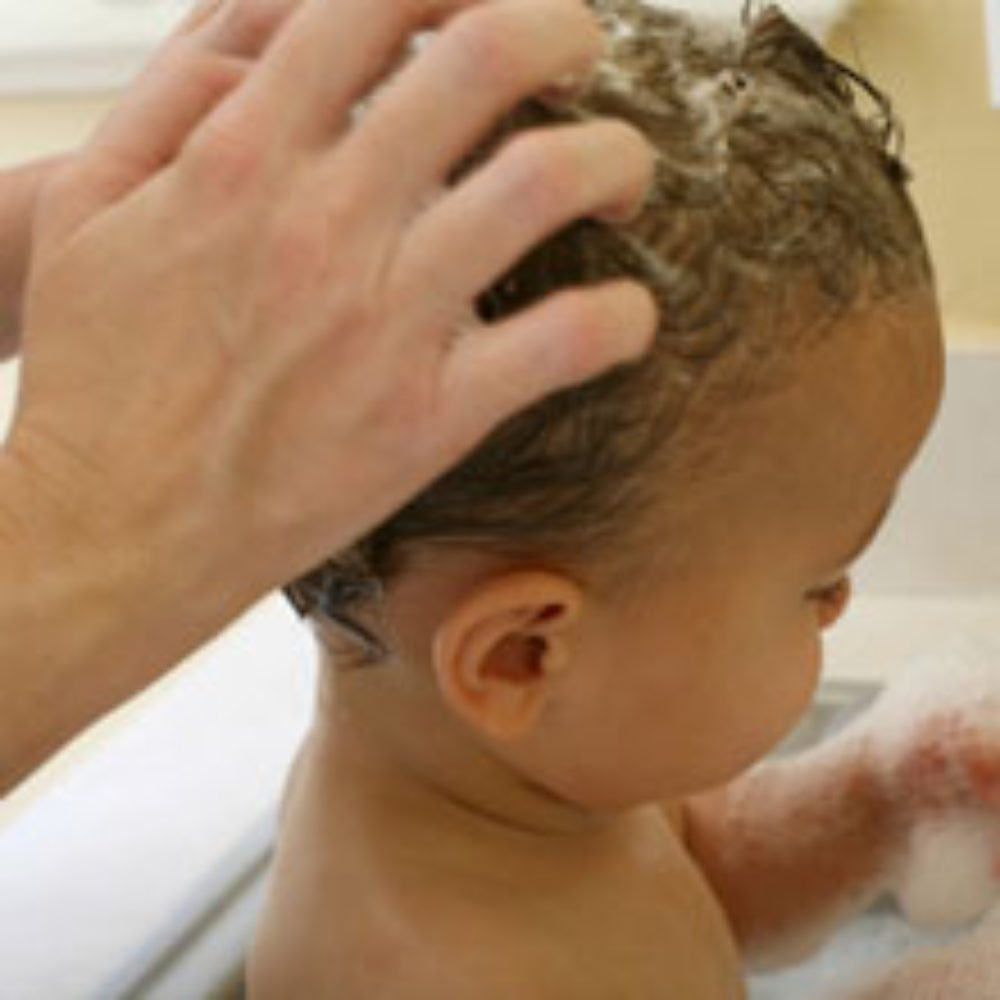Johnson & Johnson Baby Shampoos to Drop Chemicals By End of 2013

Following a consumer campaign that questioned the safety of certain chemicals found in certain Johnson & Johnson products, the manufacturer has announced that it will remove the chemicals from baby shampoo by the end of 2013 and from the rest of its personal care products worldwide by 2015.
On Tuesday, the Associated Press reported that company officials have set a definite timeline to accede to consumer requests to remove chemicals from Johnson & Johnson baby shampoo, which some feared were dangerous and included potential cancer-causing agents, such as formaldehyde.
Brands to be altered include Aveeno, Neutrogena, RoC, Clean & Clear and Lubriderm; along with Johnson’s baby lotions and bath products.

Did You Know?
Change Healthcare Data Breach Impacts Millions of Customers
A massive Change Healthcare data breach exposed the names, social security numbers, medical and personal information of potentially 100 million Americans, which have now been released on the dark web. Lawsuits are being pursued to obtain financial compensation.
Learn MoreJohnson & Johnson Faced Boycott Threat
The announcement comes nearly a year after Johnson & Johnson responded to a petition filed by the consumer watchdog group Campaign for Safe Cosmetics, which indicated an intention to boycott Johnson’s products if the chemicals were not removed.
The boycott stemmed from concerns regarding of the release of formaldehyde by certain preservatives in the Johnson & Johnson products. In a response sent to the Campaign for Safe Cosmetics, Johnson & Johnson’s sent a letter that claimed the amount of formaldehyde in their products was equivalent to the exposure a person would face by eating an apple or pear.
The petition called for a boycott of Johnson & Johnson baby shampoo in a move to force the company to remove quaternium-15 and 1,4-dioxane. Quaternium-15, which is known commonly to cause dermatitis, is an ammonium salt that kills bacteria and is used as a preservative in many cosmetics. The chemical is also known to release formaldehyde as a byproduct.
Formaldehyde is a chemical used to produce resins and is often a preservative in many personal care products and cosmetics.
The U.S. Environmental Protection Agency (EPA) lists lung and throat cancer among the concerns regarding exposure to formaldehyde. Animal studies have also found a link to an increased incidence of nasal squamous cell cancer when formaldehyde is inhaled. The EPA lists formaldehyde as a probable human carcinogen.
Chemicals Used to Prevent Bacterial Contamination
Johnson & Johnson calls 1,4 Dioxane a “trace byproduct” of many of its products. It is a compound that is irritating to the eyes and respiratory tract and may cause damage to the central nervous system, liver and kidneys. It is also classified by the EPA as a probable human carcinogen and was classified by the state of California under Proposition 65 to cause cancer.
Johnson & Johnson uses these and other chemicals and preservatives to prevent the contamination of bacteria in its products. Those preservatives often release a small amount of formaldehyde in the process, subjecting users to exposure and its side effects in the process. Other chemicals in question are harmful byproducts during the manufacturing process of the products.
According to Susan Nettesheim, Vice President of Product Stewardship & Toxicology, Johnson & Johnson remains committed to safety and is taking the necessary steps to respond to “changing consumer needs and values,” the November 2011 letter stated.






0 Comments